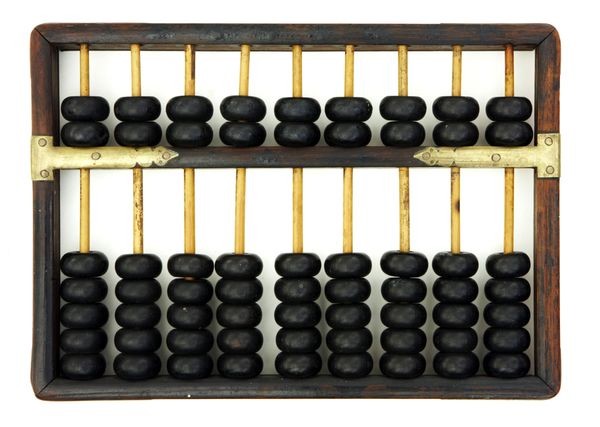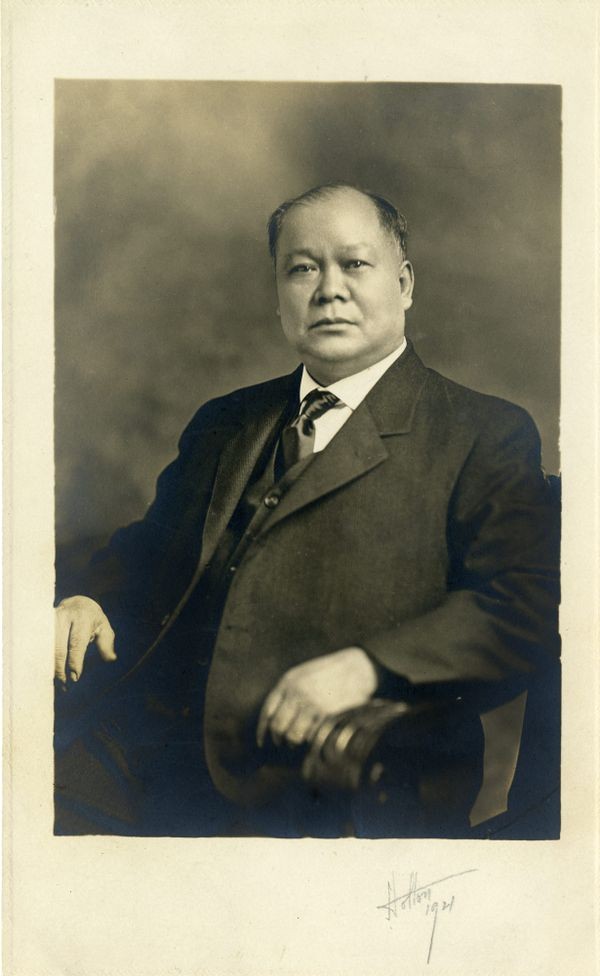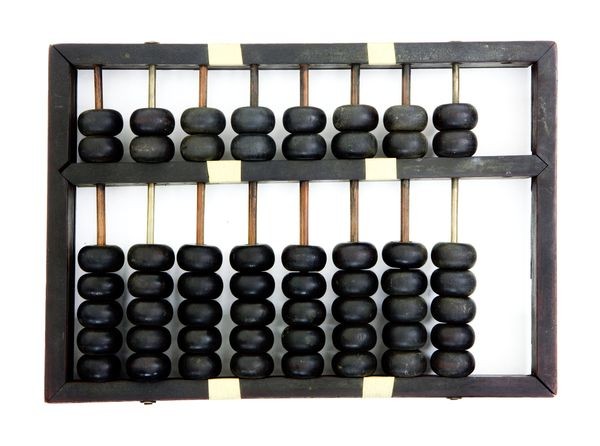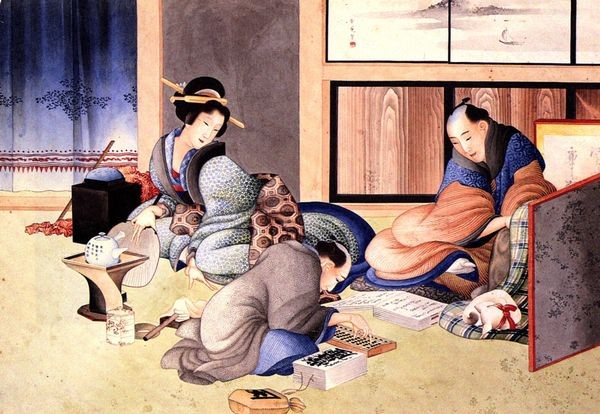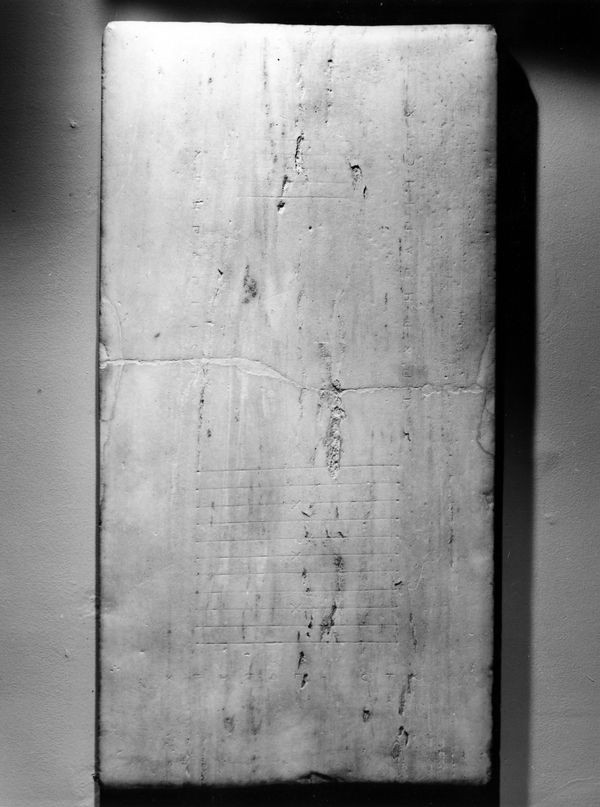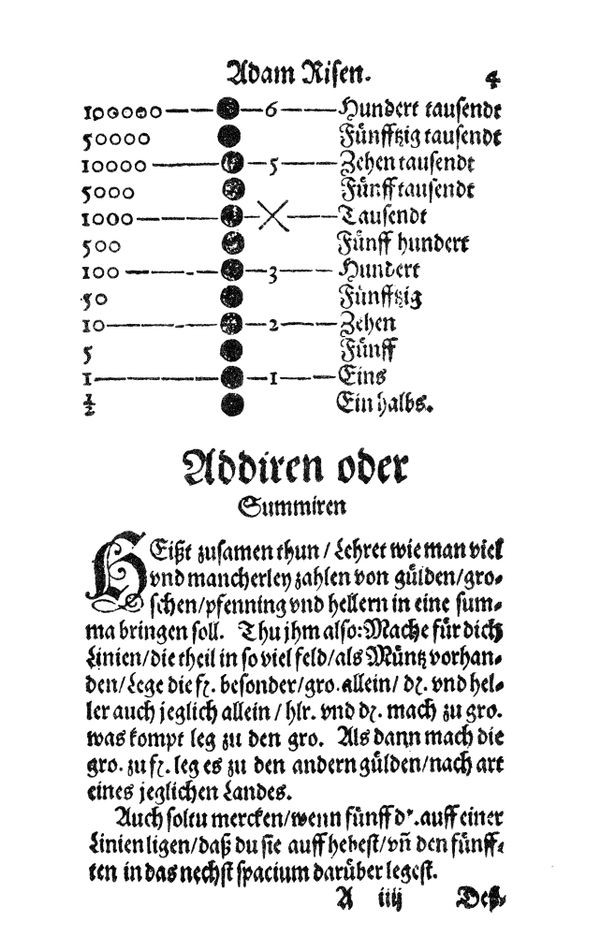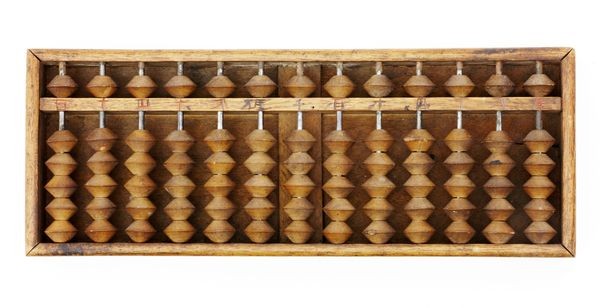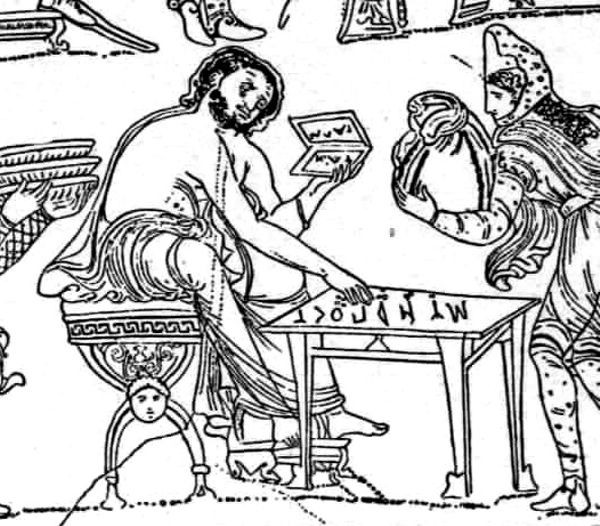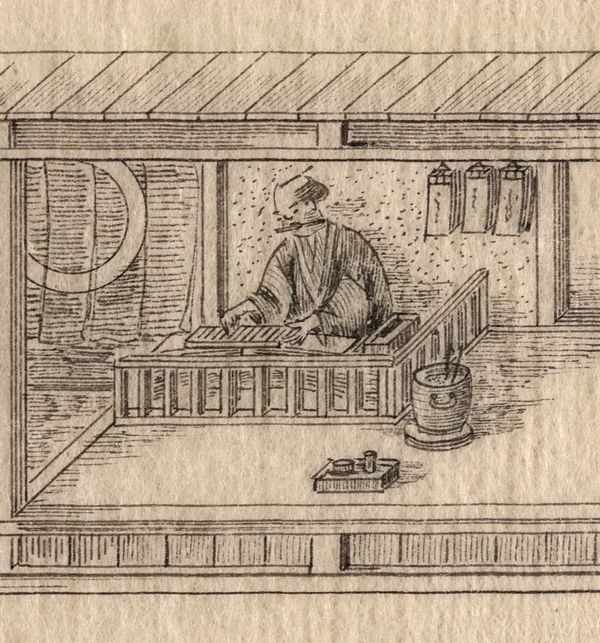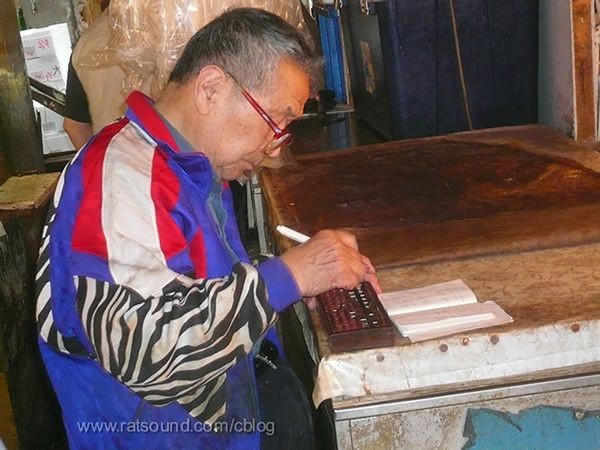The Versatile, Venerable Abacus
Abacus
A small suan pan (Chinese abacus).
The Versatile, Venerable Abacus
An American soldier and a Japanese postal worker faced off in Tokyo in 1946. Private Thomas Wood had an electric calculator. Kiyoshi Matsuzaki held a soroban, a Japanese abacus. Each was skilled at operating his device. In four out of five competitive rounds, the abacus won.
Perhaps the oldest continuously used calculating tool aside from fingers, the abacus is a masterpiece of power and simplicity. Abacuses were widely used in Asia and Europe for centuries, and remain common today.
Portrait of Wong Mon Tong
Wong founded Boston’s first Chinese restaurant, Hong Far Low, in 1879. The staff there relied on abacuses for decades.
View Artifact DetailHong Far Low abacus
An abacus from Boston’s Hong Far Low restaurant, founded in 1879. A traditional Chinese suan pan, with two beads above the central bar (in “heaven”) and five beads below (in “earth”).
View Artifact Detail"A merchant making up the account," by Hokusai
The merchant's abacus is a transitional design between the Chinese suan pan (with two beads over five) to the modern Japanese soroban (with one bead over four).
View Artifact DetailMath with Movable Markers
To represent different numbers, an abacus uses the position of markers on a grid (similar to the “ones column” or “tens column” of written numbers). Users do arithmetic by moving the markers to different positions according to simple rules.
Early abacuses probably were stone markers placed on lines in the dirt. Others used moveable beads on rods, or beans on a lined board or cloth. Perhaps the simplest and most portable calculation device ever invented, abacuses flourished for thousands of years, from China to Greece to the Inca Empire.
Salamis tablet, marble
This table abacus apparently is the oldest surviving calculating device. It was found on the Greek island of Salamis and may be Babylonian.
View Artifact DetailTable abacus instructions, Rechenbuch auff Linien und Ziphren...
In the 1500s, Adam Ries published several mathematics textbooks in German rather than the more common Latin to promote education in Germany. His name remains synonymous with basic arithmetic in Germany.
View Artifact DetailSoroban (transitional)
An intermediate Korean-style device between the Chinese suan pan and the modern Japanese soroban.
View Artifact DetailDetail from the Darius Vase
A Persian quartermaster uses a table abacus in the vase painting, "The War Council of Darius."
View Artifact DetailThe merchant with his counting frame, ink drawing, probably by Kano, 1878
A Japanese merchant keeps his accounts with an abacus. Calculating devices, such as abacuses, were rare in Europe and the Western Hemisphere at this time.
View Artifact DetailSoroban at the Tokyo fish market
This dealer at the world’s most famous fish market still chooses a soroban as his calculator.
View Artifact Detail